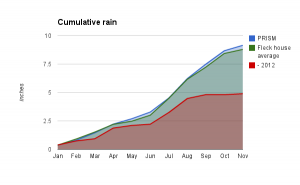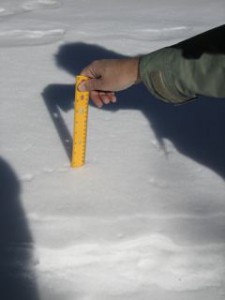As I’ve written previously, the Colorado Basin Study suggests that augmenting water supply in the region is the most expensive and least quick approach to closing the supply-demand gap. But if folks do want to pursue augmentation, Juliet McKenna is asking the right questions:
The consequences of implementing any water supply augmentation plan need to be considered in terms of not only economics, but also in terms of where and how the water would be used. For example:
1. An additional 600,000 AF/year of water in the basin could support 1 million people. Will this supply be used to plug a supply gap or will it double the population living in eastern Colorado? Which outcome is desirable?
2. Would the cost (billions of dollars) be shared by all uses – people, industry, and agriculture? Or would only a subset of users, or new users have to pay?
So, as I think the authors of the Colorado River Basin Water Supply and Demand Study would agree, its time to start talking.
If you’re not already following Juliet, a water professional down in Tucson, I recommend bookmarking/RSSing.


